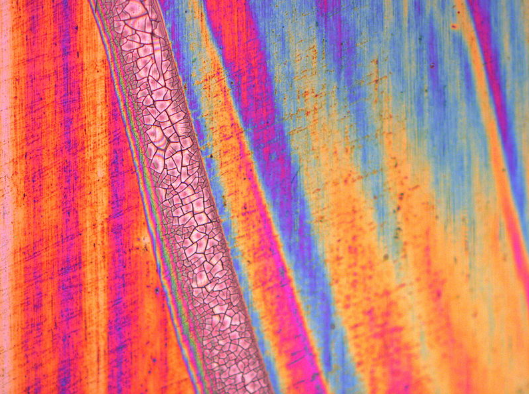A theoretical model to estimate the thermal conductivity of hollow sphere foams
- Zian Jia

- Feb 10, 2019
- 2 min read
Updated: Mar 14, 2019
Hollow spheres foams (HSF) are of great interest in nanofabrication, self-assembly, and drug delivery. We proposed a theoretical model to estimate the effective thermal conductivity of HSF. The model includes the effects of porous shells, multi-layered shells, and interfacial thermal resistance. Two size effects, the Knudsen effect and the interfacial thermal resistance effect, are further evaluated, extending the model to nanoscale foams.

Microscale and mesoscale hollow sphere foam materials have attracted tremendous attention in recent decades. Benefiting from the various techniques for synthesizing hollow sphere foams such as removable template methods, interfacial reaction methods, lost-wax approaches, and self-assembling process developed by the chemical society, scientists have found many fantastic applications like confined catalysts, photonic crystals, drug storage/delivery nanocontainers, ultra-sensitive sensors and supercapacitors.

In comparison to the huge technological leap in the synthesis and applications of microscale hollow sphere foams, the study of their thermal, mechanical, electrical properties has lagged behind. For example, the estimation of the effective thermal conductivity (ETC) of hollow sphere foams still mainly depends on the “rule of mixture” method – the total conductivity is obtained by adding the solid part contribution and the gaseous part contribution. This method is either inaccurate or requires experimental data to give fitting parameters, which motivates us to develop a theoretical model that does not depend on fitting parameters, but is also versatile and easy to use.

The earliest effort in finding the ETC of heterogeneous materials dates back to Maxwell (1881) and Lord Rayleigh (1892), who have obtained the ETC of solid particle filled composites by equalizing the far-field temperature distribution of the composite to an effective medium, which is known as the effective medium theory.
Realizing that solid particle filled ETC problems have been very well studied by the physical community, here we propose a procedure to calculate the ETC of hollow sphere foams by transferring the hollow sphere foam problem into solid particle filled composite problems. The equivalent relation is investigated in this paper, which is then combined with multiple solid particle based ETC models to evaluate the ETC of hollow sphere foams. Numerical simulations verify the accuracy of this method.

Next, the proposed theoretical model is adopted to study various factors that might be of concern in design hollow sphere foam materials, including size effects, interfacial thermal resistance, sphere packing patterns, spheres with mesoporous shells and multilayer shells, sphere size distributions, and binder shape, which give useful insights on future hollow sphere foam material designs and applications. Furthermore, since the governing equations are the same for thermal and electrical conduction problems, all the conclusions for ETC are also applicable to the electric conductivity of hollow sphere foams.
The proposed theoretical model for estimating thermal (and electrical) conductivity may be of interest for researchers working in materials science (HSF synthesis), engineering (HSF based multifunctional design and novel sensor applications), bio-related sciences (drug delivery hollow sphere capsule design), and chemistry (estimating ETC or electrical conductivity).
This work is a collaborated work with Professor David Hwang. The result is published in ACS Applied Energy Materials. and presented in ASME IMECE conference in 2017 [presentation slides].






Comments